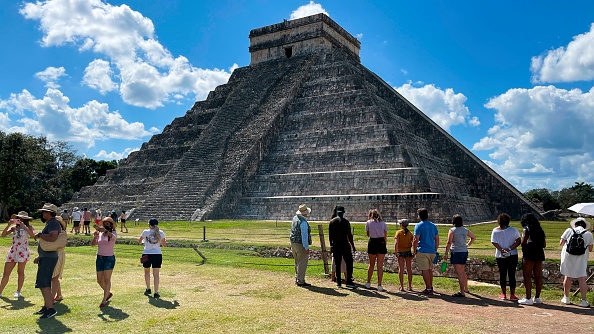By Paw Mozter May 26, 2022 03:06 AM EDT
Several hundred communities dating from 500 to 1400 AD have long captivated archaeologists in Bolivia's Llanos de Mojos grassland. Researchers have now visualized the proportions of the biggest known Casarabe culture hamlet.
LIDAR mapping suggested that it is early urbanization with a high population density, which is the only known occurrence so far from the Amazon lowlands. The findings gave fresh information on how widespread and diversified early urban life was throughout the world, as well as how ancient cultures lived in the Amazon.
Pre-Hispanic cities in the past

(Photo : DANIEL SLIM/AFP via Getty Images)
Dr. Heiko Prümers of the German Archaeological Institute and Prof. Dr. Carla Jaimes Betancourt of the University of Bonn, who was a student in La Paz at the time, began archaeological investigations on two "mounds" near the community of Casarabe in Bolivia more than 20 years ago.
The Mojos Plains is located on the Amazon's southern rim. Even though the savannah plain, which floods several months a year during the rainy season, discourages permanent habitation, there are numerous apparent relics of the time before Spanish colonization in the early 16th century.
In addition to the "mounds," these traces mostly consisted of causeways and canals that frequently run in a dead straight line through the savannahs for kilometers.
More:
https://www.natureworldnews.com/articles/51019/20220526/archaeologists-use-lidar-laser-technology-uncover-pre-hispanic-towns-bolivia.htm
 = new reply since forum marked as read
= new reply since forum marked as read
